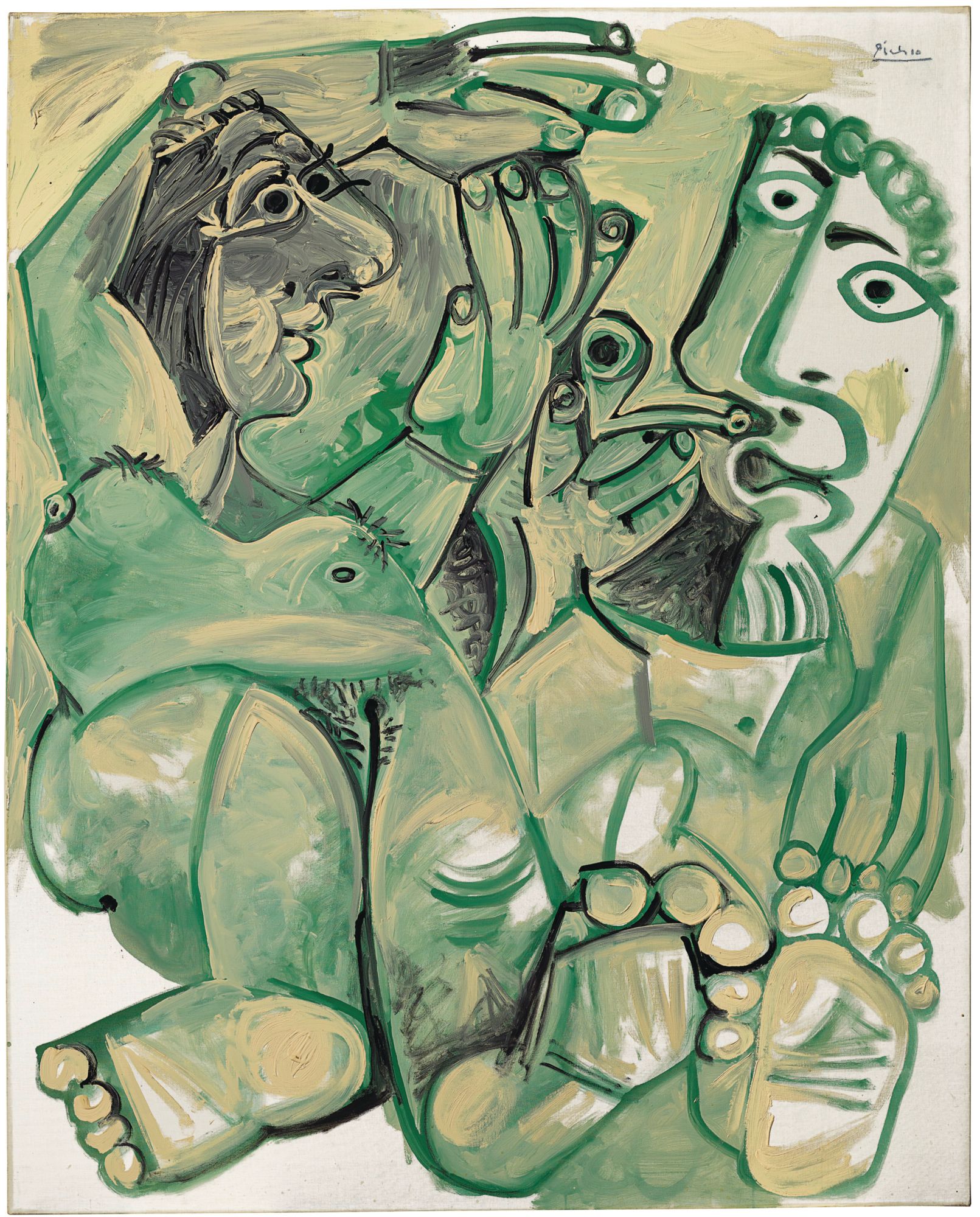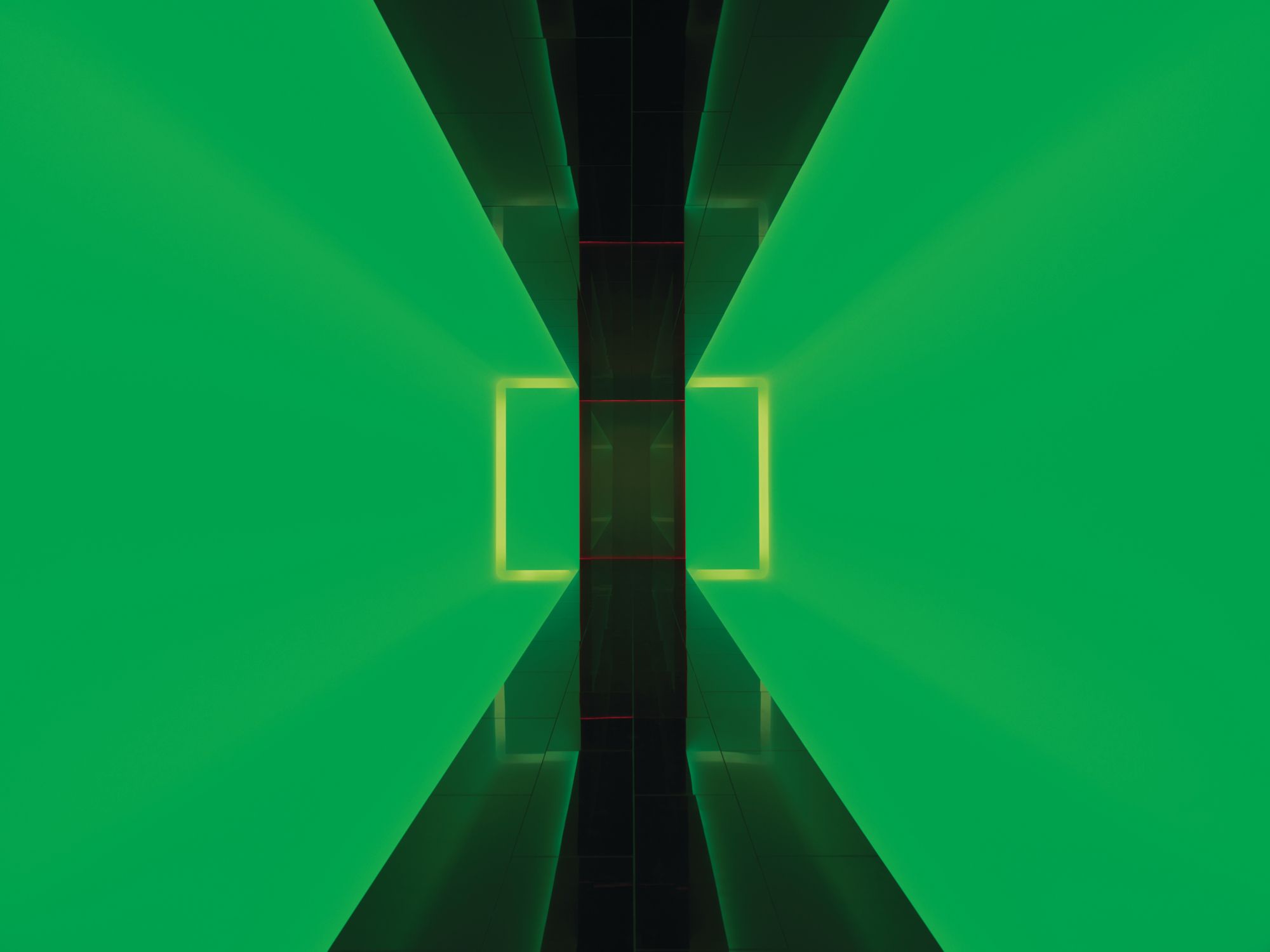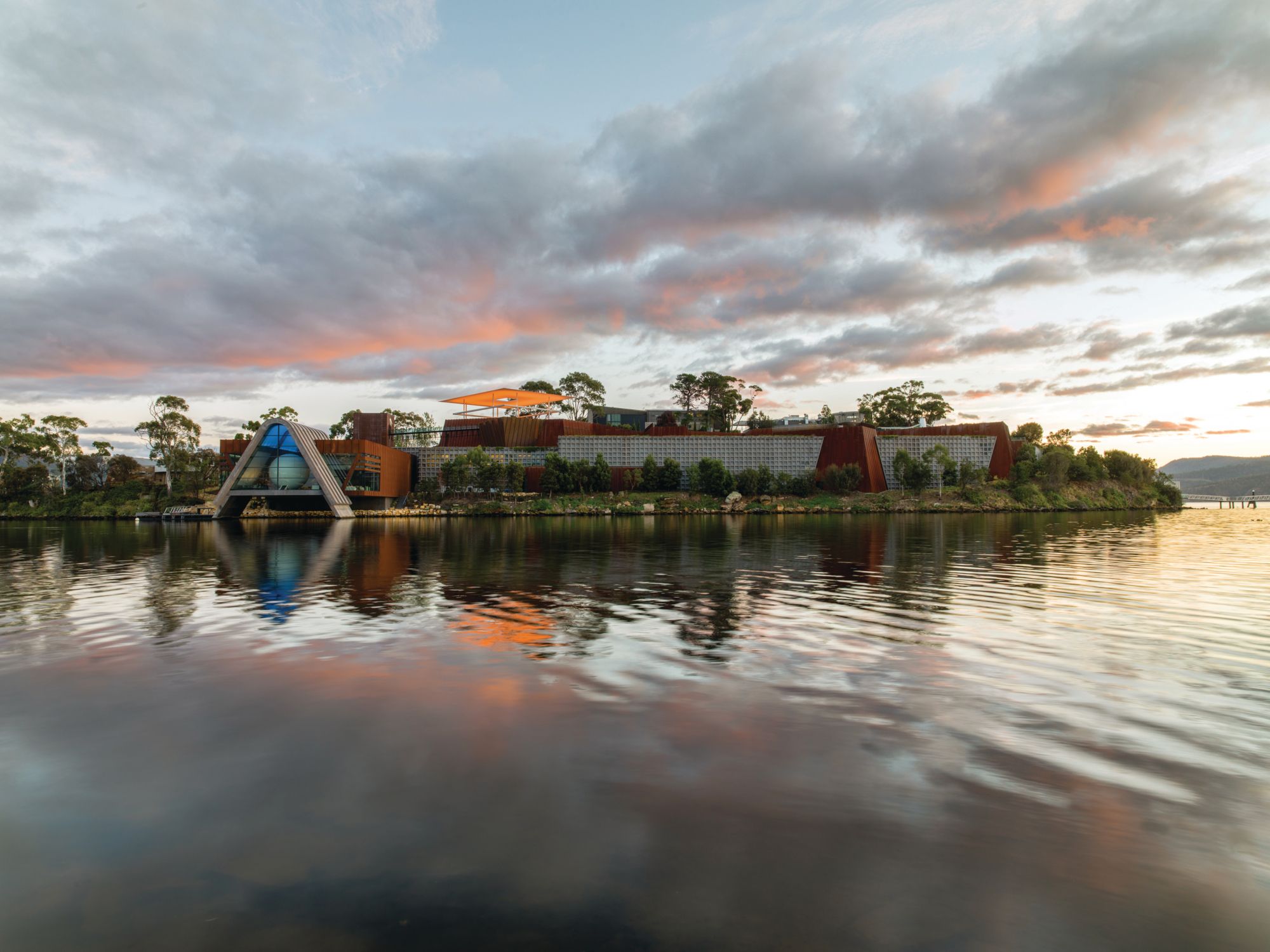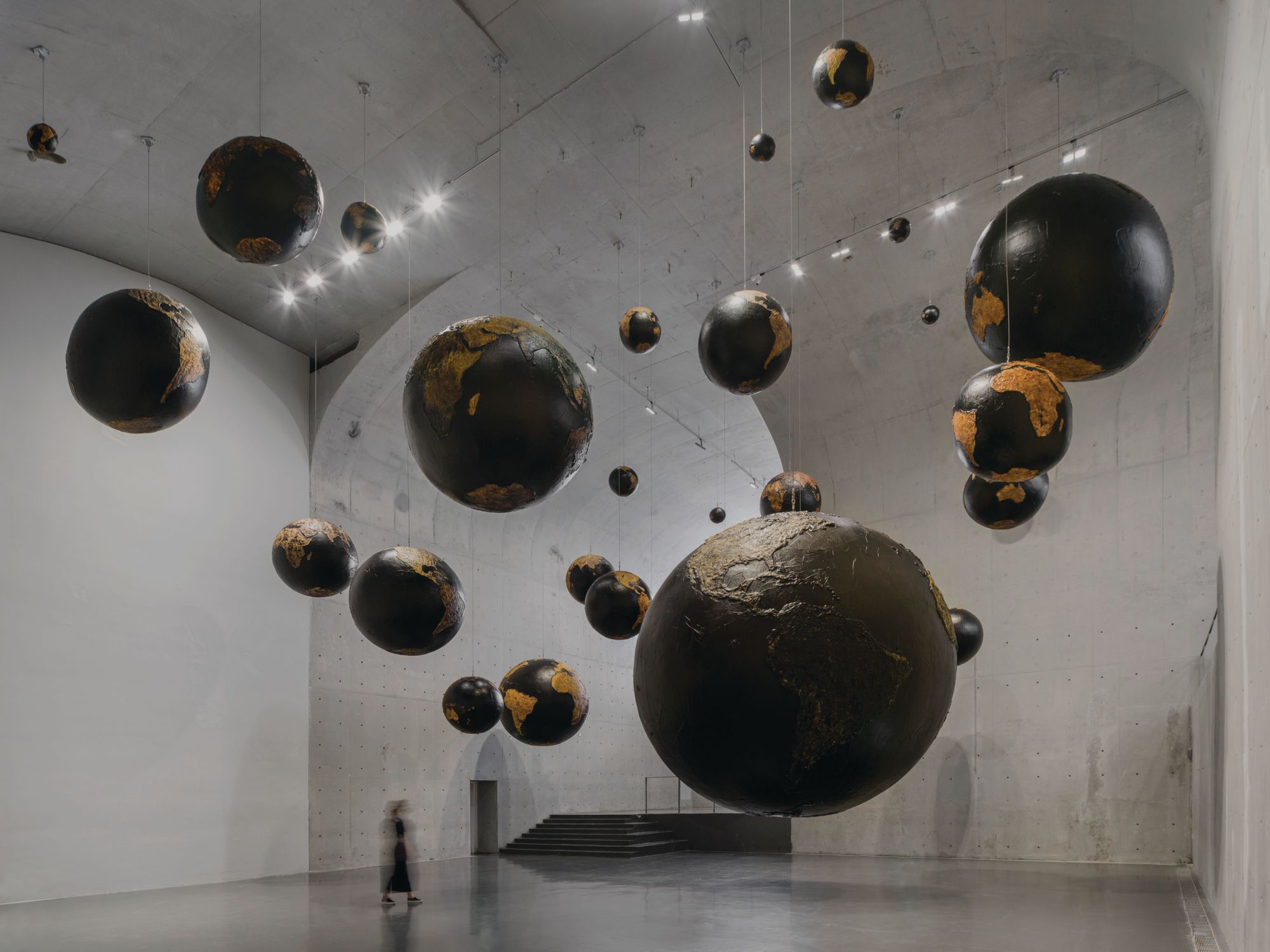There’s no better way to ensure your lasting legacy than establishing an eponymous private art museum. Here’s what it takes to enshrine your name among the Guggenheims, Fricks and Gettys of the world
You see it in the fevered bidding at Christie’s, Sotheby’s, Bonhams and Phillips. It’s palpable in the sprint to pick up the choicest seven-and-eight-figure works at Art Basel Miami Beach (an acquisitive frenzy known as “Billionaires’ Black Friday”). Today, no ultra-high-net-worth individual worth their salt—or their Forbes rich list position—would be without an extensive collection of trophy art.
The competition for the most sought-after pieces is fierce, but for the winners, the question remains: how best to display the spoils of victory? It would be a shame to stash the stuff in bonded storage or hang it in one of your homes.
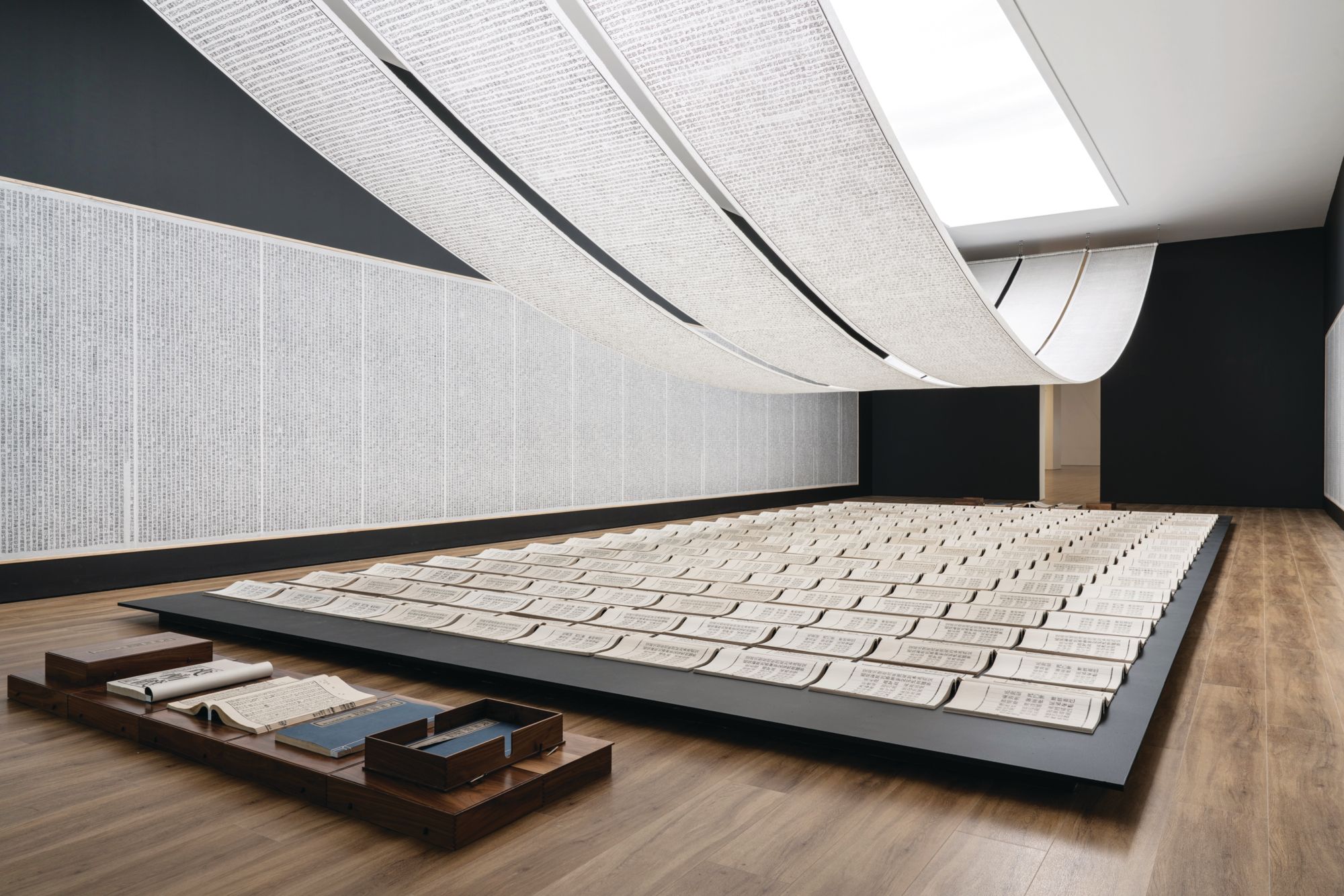
Gazing with cat-that-got-the-cream satisfaction upon hard-won booty from Picasso, Richter, Koons, Freud, Hockney, Hirst, Bacon and Basquiat, more and more collectors are coming to the conclusion that their museum-quality art deserves to be housed... in a museum.
There’s always the option of donating a collection or part thereof to an existing institution—most will happily name a gallery in the donor’s honour if the bequest is generous enough. The true philanthropist, however, will insist upon building (and naming) a museum all their own. With charity and goodwill, they’ll set out to create a place where their rarefied peer group and the masses alike might come to marvel at the collector’s good taste, resourcefulness and largesse. If you’re inspired to follow this philanthropic path, here’s how...

